Bruce A. Glasrud - Brothers to the Buffalo Soldiers: Perspectives on the African American Militia and Volunteers, 1865-1917
Here you can read online Bruce A. Glasrud - Brothers to the Buffalo Soldiers: Perspectives on the African American Militia and Volunteers, 1865-1917 full text of the book (entire story) in english for free. Download pdf and epub, get meaning, cover and reviews about this ebook. year: 2011, publisher: University of Missouri Press, genre: Politics. Description of the work, (preface) as well as reviews are available. Best literature library LitArk.com created for fans of good reading and offers a wide selection of genres:
Romance novel
Science fiction
Adventure
Detective
Science
History
Home and family
Prose
Art
Politics
Computer
Non-fiction
Religion
Business
Children
Humor
Choose a favorite category and find really read worthwhile books. Enjoy immersion in the world of imagination, feel the emotions of the characters or learn something new for yourself, make an fascinating discovery.
- Book:Brothers to the Buffalo Soldiers: Perspectives on the African American Militia and Volunteers, 1865-1917
- Author:
- Publisher:University of Missouri Press
- Genre:
- Year:2011
- Rating:4 / 5
- Favourites:Add to favourites
- Your mark:
Brothers to the Buffalo Soldiers: Perspectives on the African American Militia and Volunteers, 1865-1917: summary, description and annotation
We offer to read an annotation, description, summary or preface (depends on what the author of the book "Brothers to the Buffalo Soldiers: Perspectives on the African American Militia and Volunteers, 1865-1917" wrote himself). If you haven't found the necessary information about the book — write in the comments, we will try to find it.
During the late nineteenth and early twentieth centuries, African American men were seldom permitted to join the United States armed forces. There had been times in early U.S. history when black and white men fought alongside one another; it was not uncommon for integrated units to take to battle in the Revolutionary War. But by the War of 1812, the United States had come to maintain what one writer called a whitewashed army. Yet despite that opposition, during the early 1800s, militia units made up of free black soldiers came together to aid the official military troops in combat.
Many black Americans continued to serve in times of military need. Nearly 180,000 African Americans served in units of the U.S. Colored Troops during the Civil War, and others, from states such as Massachusetts, Rhode Island, Missouri, and Kansas, participated in state militias organized to protect local populations from threats of Confederate invasion. As such, the Civil War was a turning point in the acceptance of black soldiers for national defense. By 1900, twenty-two states and the District of Columbia had accepted black men into some form of military service, usually as state militiamenbrothers to the buffalo soldiers of the regular army regiments, but American military men regardless.
Little has been published about them, but Brothers to the Buffalo Soldiers: Perspectives on the African American Militia and Volunteers, 18651919, offers insights into the varied experiences of black militia units in the postCivil War period. The book includes eleven articles that focus either on Black Participation in the Militia or Black Volunteer Units in the War with Spain. The articles, collected and introduced by author and scholar Bruce A. Glasrud, provide an overview of the history of early black citizen-soldiers and offer criticism from prominent academics interested in that experience.
Brothers to the Buffalo Soldiers discusses a previously little-known aspect of the black military experience in U.S. history, while deliberating on the discrimination these men faced both within and outside the military. Chosen on the bases of scholarship, balance, and readability, these articles provide a rare composite picture of the black military mans life during this period. Brothers to the Buffalo Soldiers offers both a valuable introductory text for students of military studies and a solid source of material for African American historians.
Bruce A. Glasrud: author's other books
Who wrote Brothers to the Buffalo Soldiers: Perspectives on the African American Militia and Volunteers, 1865-1917? Find out the surname, the name of the author of the book and a list of all author's works by series.



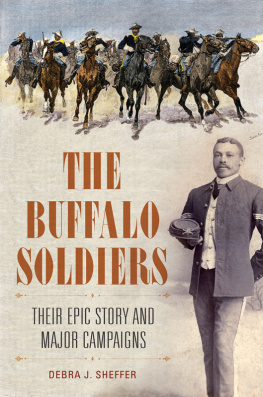
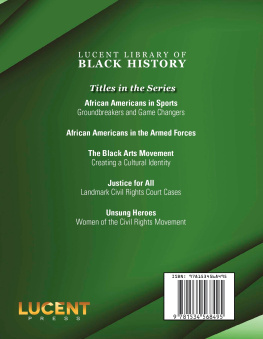
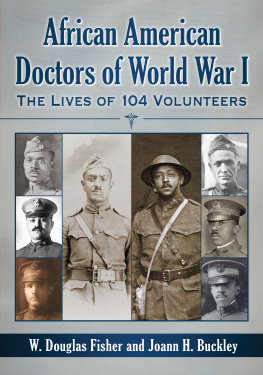

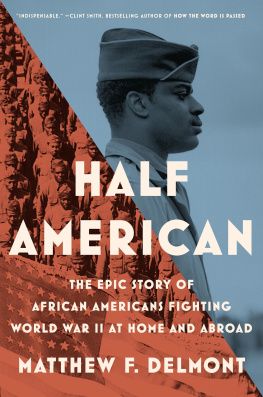
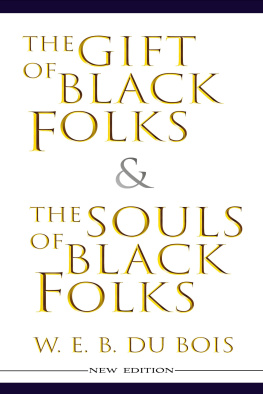
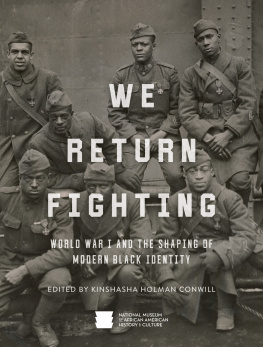
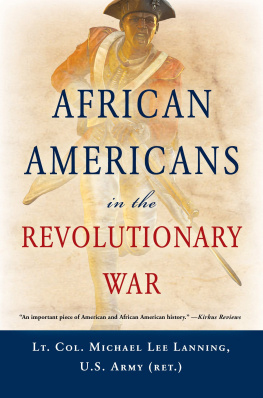


 This paper meets the requirements of the
This paper meets the requirements of the